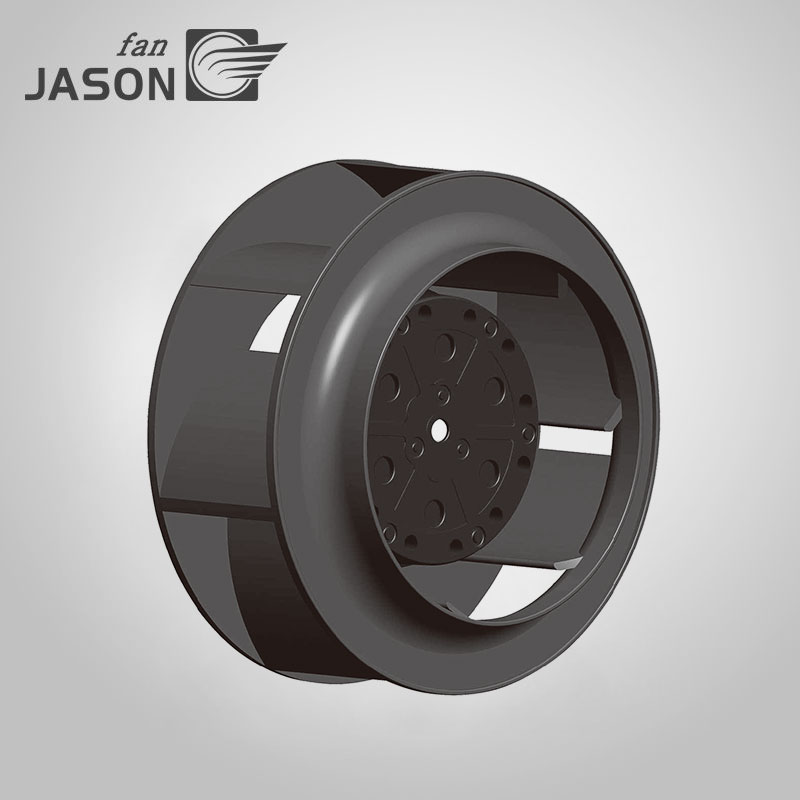The principle of the ancient wooden hulling valley windmill is basically the same as that of the modern centrifugal fan
Today, my country's wind power industry is developing rapidly, but what kind of story will the wind turbine have when it travels through ancient times?
At the earliest time, our ancestors invented a simple wooden hulled valley windmill, which is still in use in the south.

It has wooden bellows of equal width like the casing of a modern multi-blade centrifugal fan, with a square opening for putting millet on it, a square opening on the left horizontal front, the wooden wheels are placed in the bellows, and the wooden shafts of the wheels protrude and install There is a crank handle, and there is an oblique opening on the underside of the crank handle, and there are gaps between the front and rear of the wheel and the bellows to allow air to enter.
This wooden hulling windmill is also the originator of modern centrifugal fans, blowers, and compressors.
The blower was invented in the Shang and Western Zhou dynasties at the latest. In the early days, it was a kind of skin bag made of cowhide or horsehide, which was called to in ancient times. Chu is the earliest blower and the predecessor of the bellows.
The water drain is a hydraulic blower device for iron smelting in ancient my country. A stove is arranged in a row with several poles, which is called a "sack row". This kind of drainage is driven by water power, which is called "water drainage". The invention of the water drain is a successful example of human beings using the forces of nature.
The detailed description of the ancient water drainage structure in my country was first seen in Wang Zhen's "Nong Shu" in the Yuan Dynasty. They all turn circular motion into linear reciprocating motion through axles, pull rods, and ropes, to achieve the purpose of opening and closing fans and blowing. Each time the water wheel rotates, the fan can be turned on and off many times, so the blowing efficiency is greatly improved.
Hydraulic bellows, also known as water row, hydraulic blower, or blast water row. In 31 AD, the Chinese invented the hydraulic bellows. "Book of the Later Han Dynasty" records that Du Shi, the prefect of Nanyang, invented the hydraulic bellows (air blast and water row), which were powered by water and used to cast the the iron agricultural tools. And incisively commented: it "uses less force and makes more merits, and the people will do it". Later, the inventor Du Yu made a lot of improvements to this kind of bellows, and the feng shui was passed down from generation to generation and spread more and more widely throughout China.
In 1634, Song Yingxing's ancient science and technology masterpiece "Tiangong Kaiwu" recorded a wooden bellow, which is an ancient piston blower, which has been used to this day and can be called the originator of modern reciprocating compressors. Both ends of the wooden bellows are provided with an air inlet, and the mouth is provided with a flap. An air duct is arranged on the side of the box, and each side end of the air duct is provided with an air outlet, and a flap is also arranged on the mouth. Through the rod extending out of the box, the piston is driven to reciprocate, and the valve is opened and closed to achieve the purpose of blowing.
It turns out that the ancient wind turbines in our country have already achieved such brilliant achievements, and we have to admire the ingenuity of our ancestors, but now we need to speed up the pace and strive for better development!








